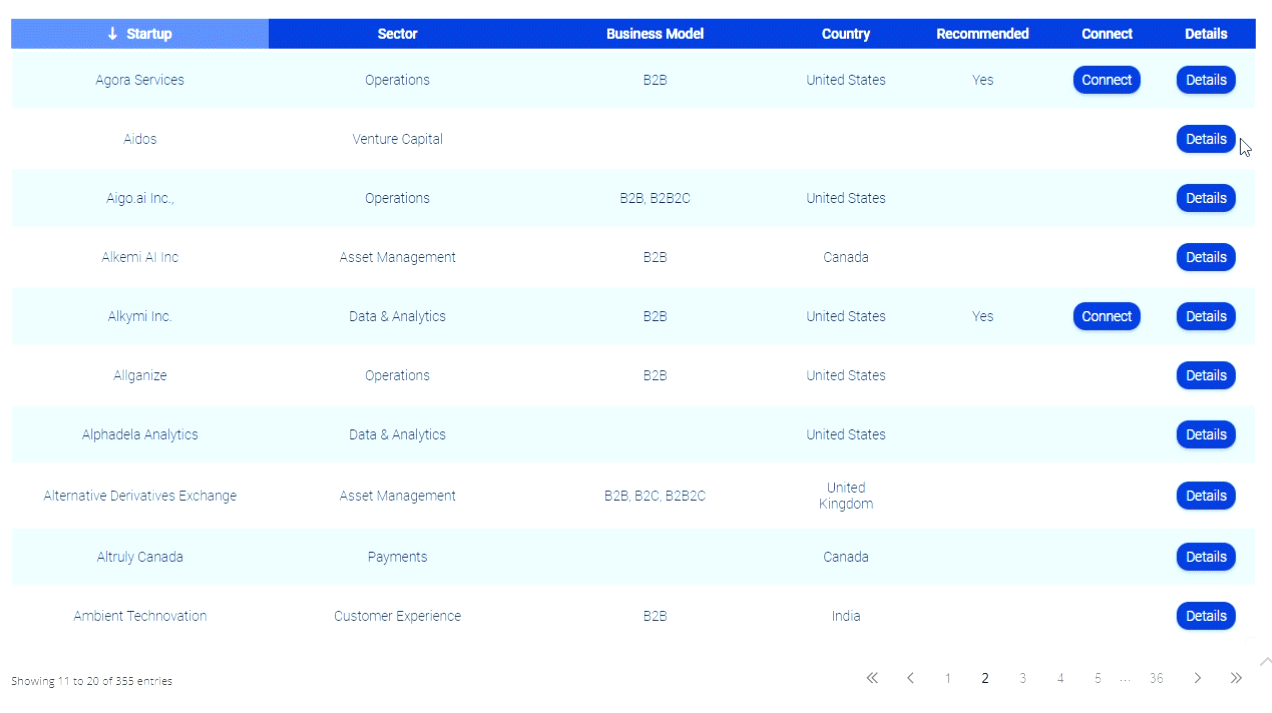A New Kind of Application Performance Monitoring (APM) for IT Operations
INETCO is Hosting a free 30 minute Webinar on Thursday, September 20, 2012 at 10am PDT (1pm Eastern) introducing INETCO Insight 5.1.1
To register visit:
https://inetco.webex.com/inetco/j.php?ED=207327442&RG=1&UID=0&RT=NCM0
Why do IT operations teams need application performance monitoring (APM) solutions that are response time-centric and provide end-to-end monitoring across IT infrastructure and application platforms? It used to be enough for IT operations teams to focus on infrastructure and critical devices, using resource utilization as the key performance metric. But while most companies require infrastructure monitoring capabilities to underpin information and communications technology (ICT) execution and delivery, where they derive their true business value has shifted.
From a business value perspective, companies are now interested in seeing, in real time, how services and business processes are being delivered
This means today’s IT operations teams require more collaboration and faster access to a wider range of infrastructure and application performance data than ever before. They have shifted away from measuring how resources are consumed, and place a greater emphasis on transaction response times, business process delivery and what the end user or customer is experiencing.
How can IT operations teams achieve this type of visibility when IT environments have become so complex, diverse and dynamic?

A new kind of application performance monitoring solution, such as INETCO Insight, have been developed to help IT operations teams handle:
- The growing complexity of distributed or multi-tier applications brought on by the move towards virtualization, adoption of private or public Cloud environments, an increasing number of third party services and more customer facing applications.
- The diversity within the application “ecology” which in many cases is a mixture of custom-built applications, existing legacy apps, IaaS/PaaS/SaaS, a growing community of third party Cloud-based applications, and emerging mobile, social and location-based applications.
- The speed of change and development resulting from increasing customer demands, Agile Software Development, and more application development frameworks than ever before.
- The collection and correlation of Big Data in a way that makes it easy to access and analyze.
Today’s APM solutions can now be categorized as either development or the next-generation of operational tools:
- APM development tools are used to monitor code quality and optimization. They are for application support teams and developers that want to “instrument” or “decorate” their code in order to follow their executed code all the way across an application. Quite often, these are specific to a particular environment such as Java or .Net. In terms of cost and complexity, most IT organizations cannot afford to deploy these products for every application. These tools are intended to focus on just a few of the most important applications in the overall application portfolio.
- APM operational tools represent the next-generation of application performance monitoring solutions. They provide end-to-end visibility into every transaction flow, monitor hop-by-hop transaction response times and measure service quality from the eyes of the end user or customer. They provide collaborative information to the various IT operations teams about how every application performs within the production environment, and build on a response time approach (versus infrastructure) to see how the end user is affected by changes. These tools take performance monitoring visibility enterprise-wide, and consider the performance impacts of third party service environments, Clouds, virtualization, network infrastructure, and operational contexts such as concurrency of accesses, load and effects of breaks.
Transaction-centric application performance monitoring and business transaction management (BTM) solutions such as INETCO Insight are considered next-gen APM operational tools for service quality delivery
Transaction-centric APM and BTM tools help IT operations teams breach cross-organizational boundaries by providing true end-to-end visibility into transaction flow, correlation of hop-by-hop response times and end user experience (EUE) metrics that reflect closely on service level delivery. This can be achieved without having to deploy a number of point solutions addressing individual IT domains, or correlating performance data collected from different sources.
APM operational tools are designed to monitor today’s production environments, providing IT operations with the ability to monitor transaction response times, business process delivery and what the end customer is experiencing:
- Automatically correlate and display the hop-by-hop response times along a transaction path to quickly isolate application or supporting infrastructure bottlenecks and restore IT service levels in a timely manner
- Obtain a real-time comparison of the technical transaction completion times versus actual business process delivery times, without the use of agents, extra traffic load or code changes
- Access data within the application payload message that relates directly to end user experience, usability and behaviour metrics
- Monitor response times of third party services, virtual servers and Cloud-based application environments
- Improve operational efficiency through improved coordination and collaboration across all IT operations team
Interested in discussing how to apply next-gen APM to improve visibility within your transaction environment? Contact INETCO.
I hope you find this of interest.
Dan











